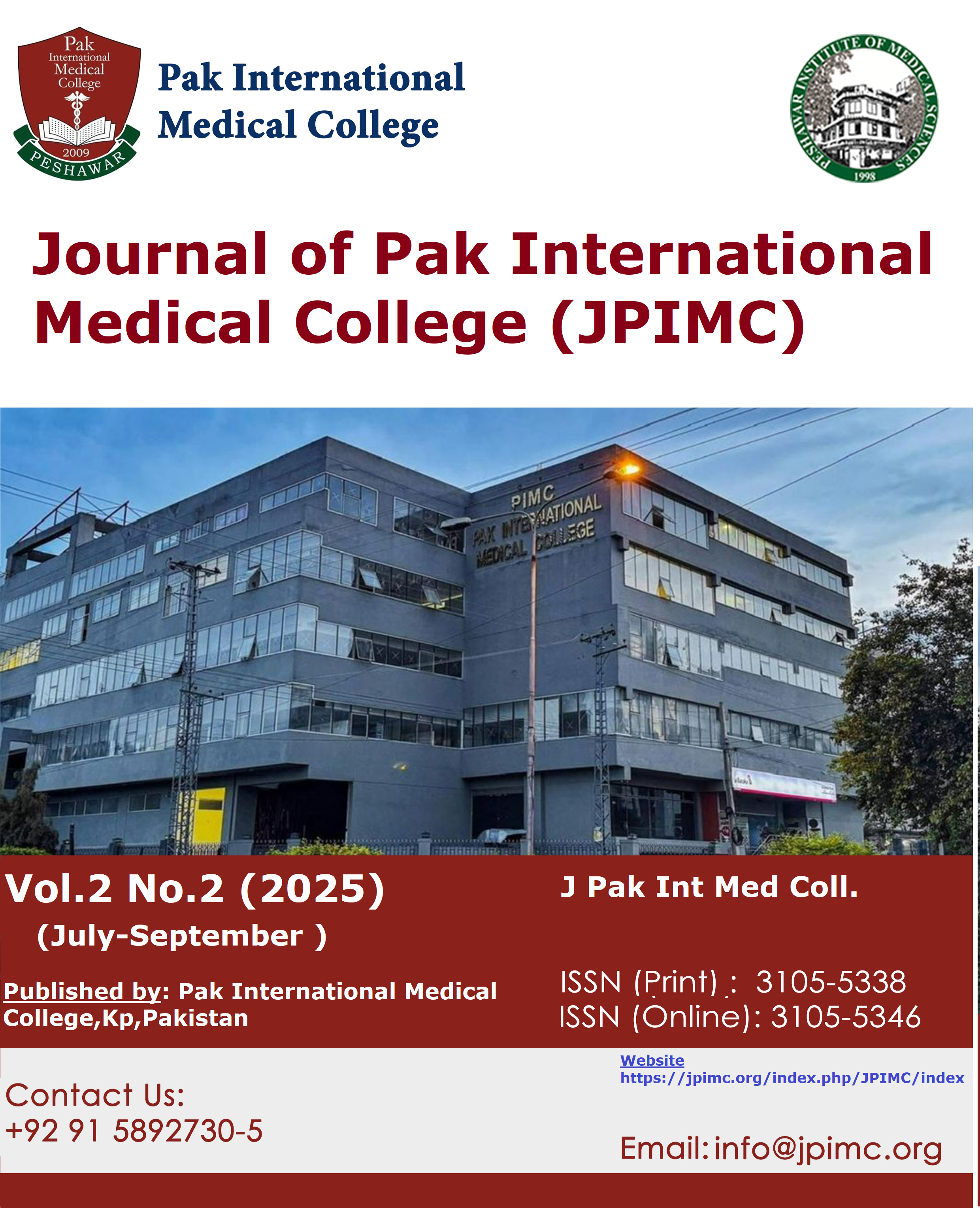Clinical Predictors Of Acute Heart Failure In Elderly Patients Presenting With Dyspnea To The Emergency Department
Original Article
DOI:
https://doi.org/10.64911/zex4t782Keywords:
Acute Heart Failure, Elderly, Dyspnea, Emergency Department.Abstract
Background: Dyspnea is a common emergency presentation among elderly patients and can indicate life-threatening conditions like acute heart failure (AHF). Early differentiation of AHF from other causes is vital for timely intervention. Identifying specific clinical predictors may improve diagnostic accuracy and guide appropriate management in resource-constrained emergency settings.
Objectives: identify clinical biochemical and radiological predictors of acute heart failure in elderly patients presenting with Dyspnea to the emergency department and to improve early diagnostic decision-making.
Methodology: This prospective observational study included patients aged ≥65 years presenting with dyspnea to the emergency department of Cardiology MTI,HMC Peshawar from jan 2024 to june 2024. AHF diagnosis was based on clinical criteria, BNP levels, and echocardiographic findings. Clinical variables were recorded at presentation. Logistic regression was used to assess associations between predictor variables and confirmed AHF diagnosis, with a p-value <0.05 considered statistically significant.
Results: A total of 100 elderly patients were enrolled; mean age was 73.4 ± 6.2 years. Among them, 110 (55%) were diagnosed with AHF. Significant predictors of AHF included orthopnea (p=0.004), raised jugular venous pressure (p=0.011), peripheral enema (p=0.016), S3 gallop (p=0.008), BNP >500 pg./mL (p<0.001), and cardiomegaly on chest X-ray (p=0.023The AHF group exhibited rates of heart and respiration that were notably greater (p=0.037 and p=0.045). More importantly, these results assist in distinguishing AHF from other causes of dyspnea.
Conclusion: This Study outlines important clinical prognostic indicators which can assist in the prompt identification of acute heart failure in elderly patients. The presence of orthopnea, S3 gallop, elevated JVP, and BNP levels above 500 pg/mL serve as notable predictors of acute heart failure. The sooner these indicators are identified, the sooner targeted therapy can be initiated, which can significantly improve outcomes. In emergency situations, particularly in settings where advanced diagnostic tests are minimally available, the value of reducing diagnostic delays can be considerable.
Keywords: Acute Heart Failure, Elderly, Dyspnea, Emergency Department.
Downloads
Published
Issue
Section
License

This work is licensed under a Creative Commons Attribution-NonCommercial 4.0 International License.










